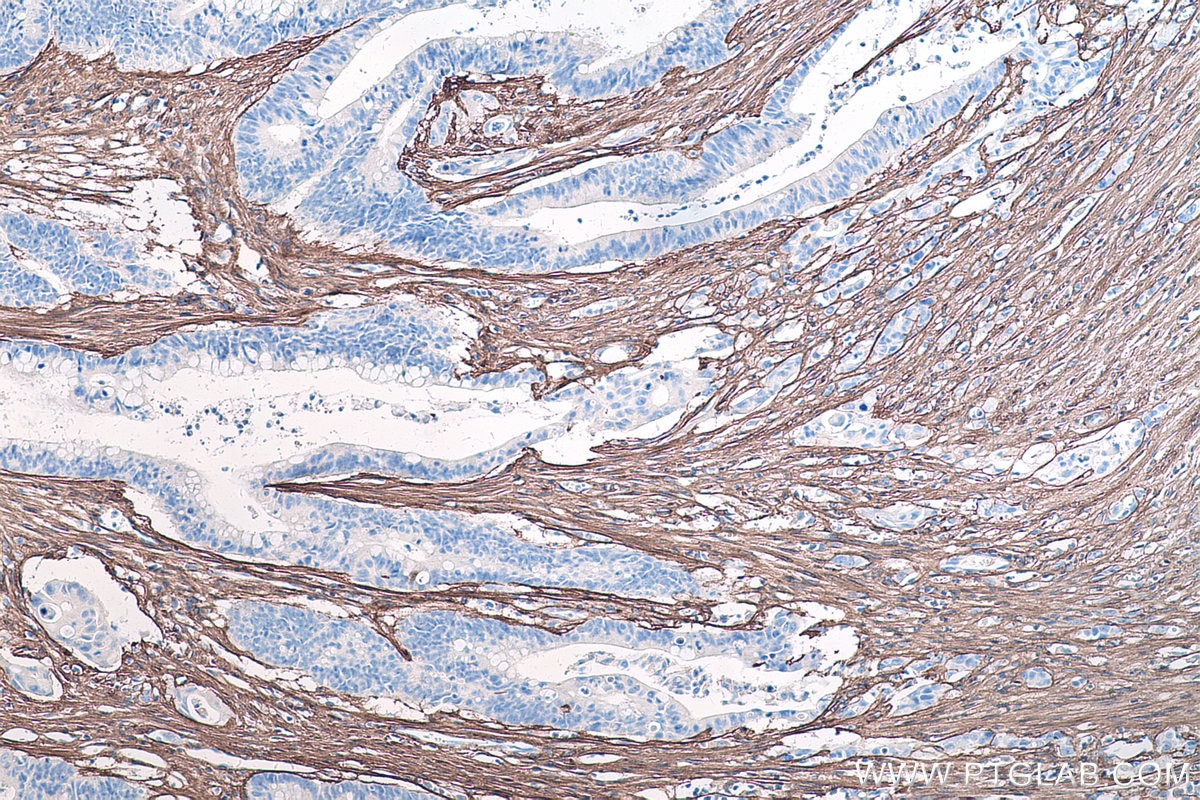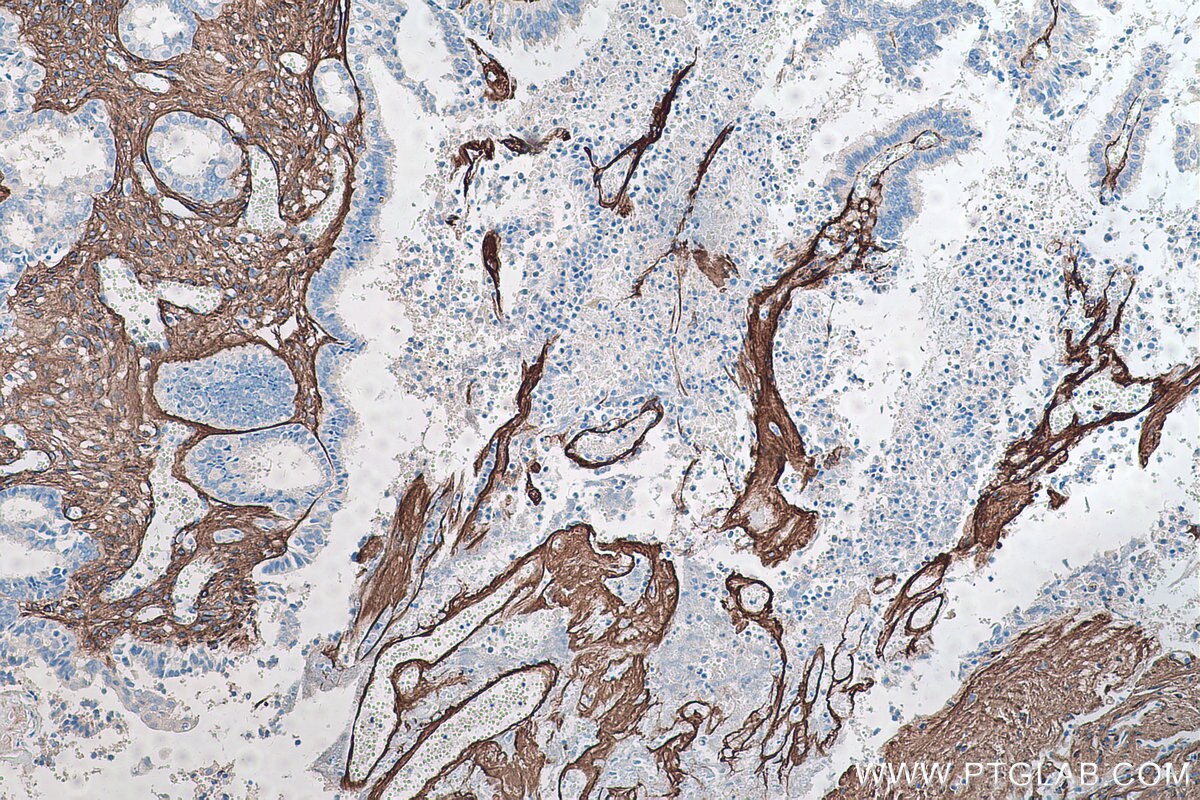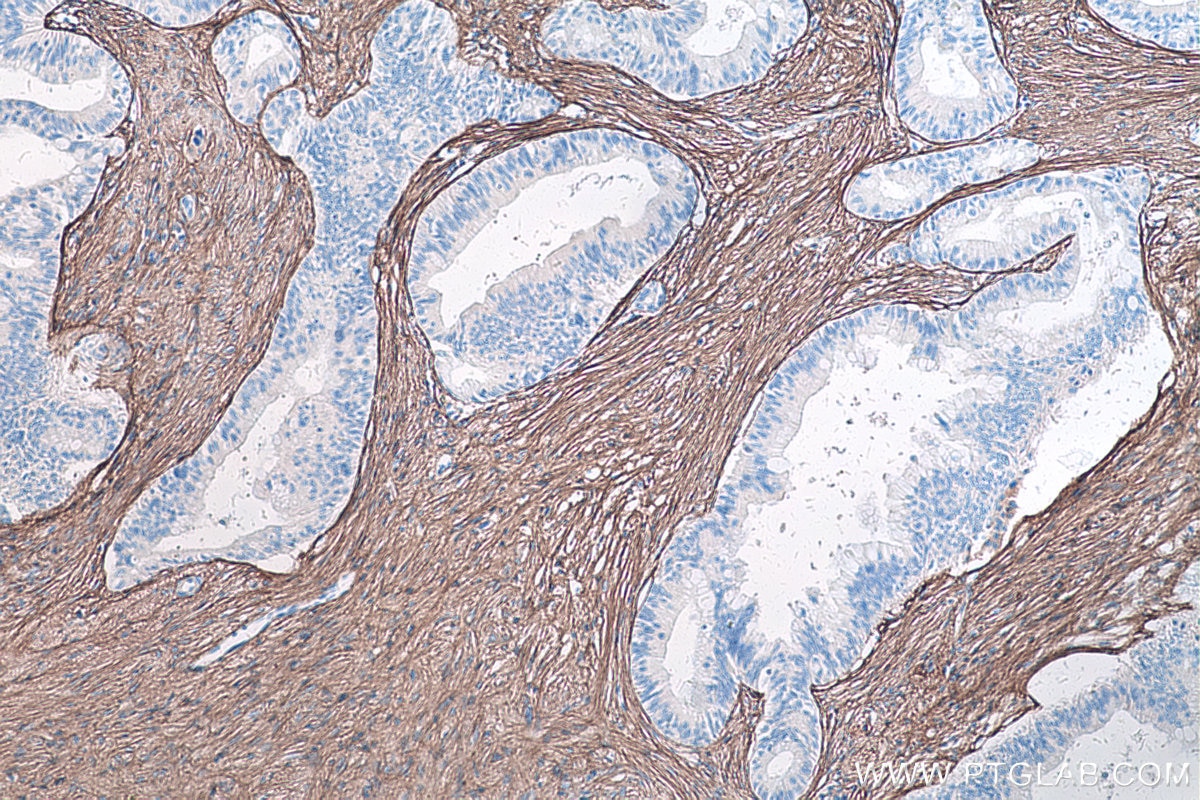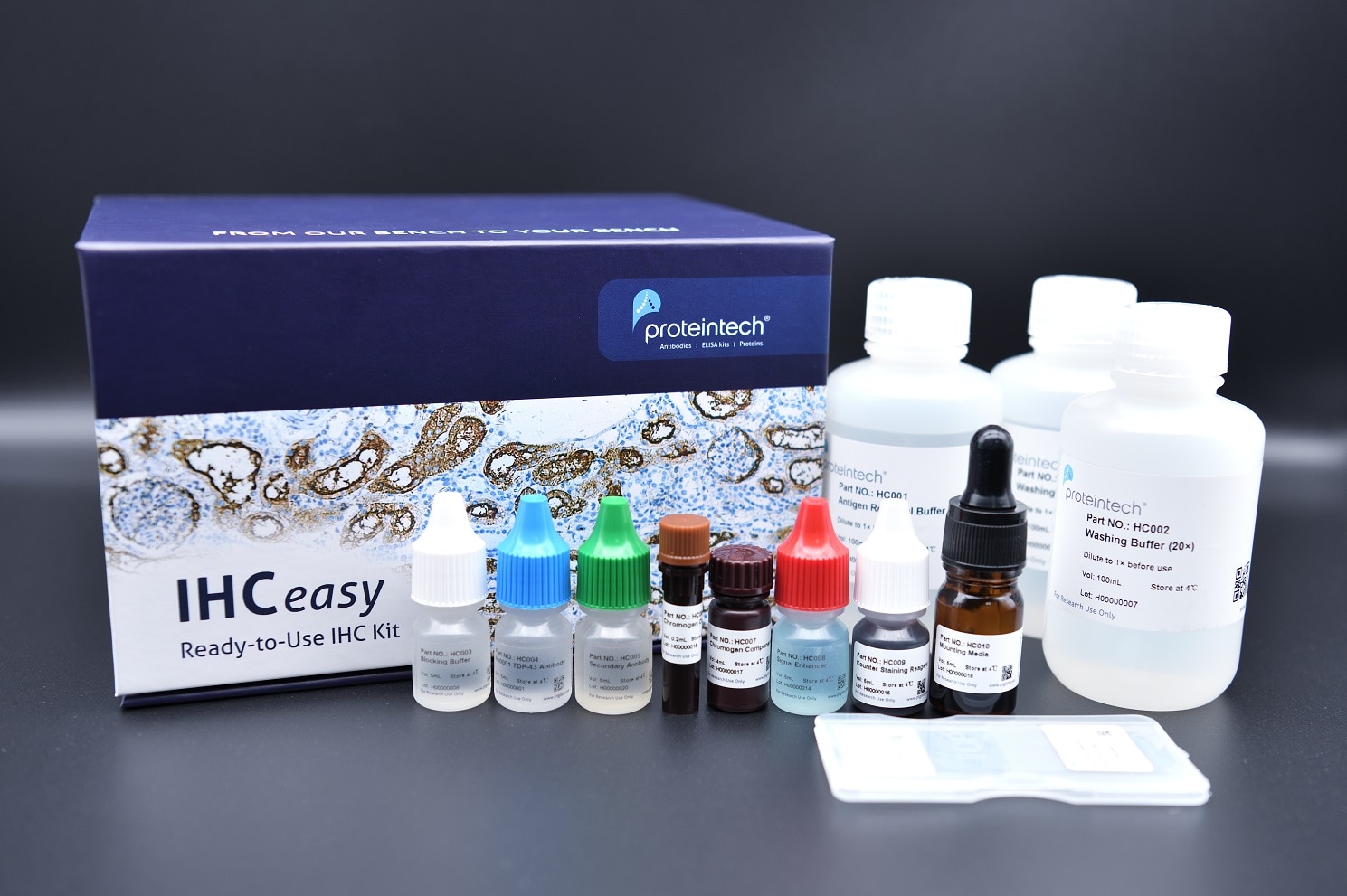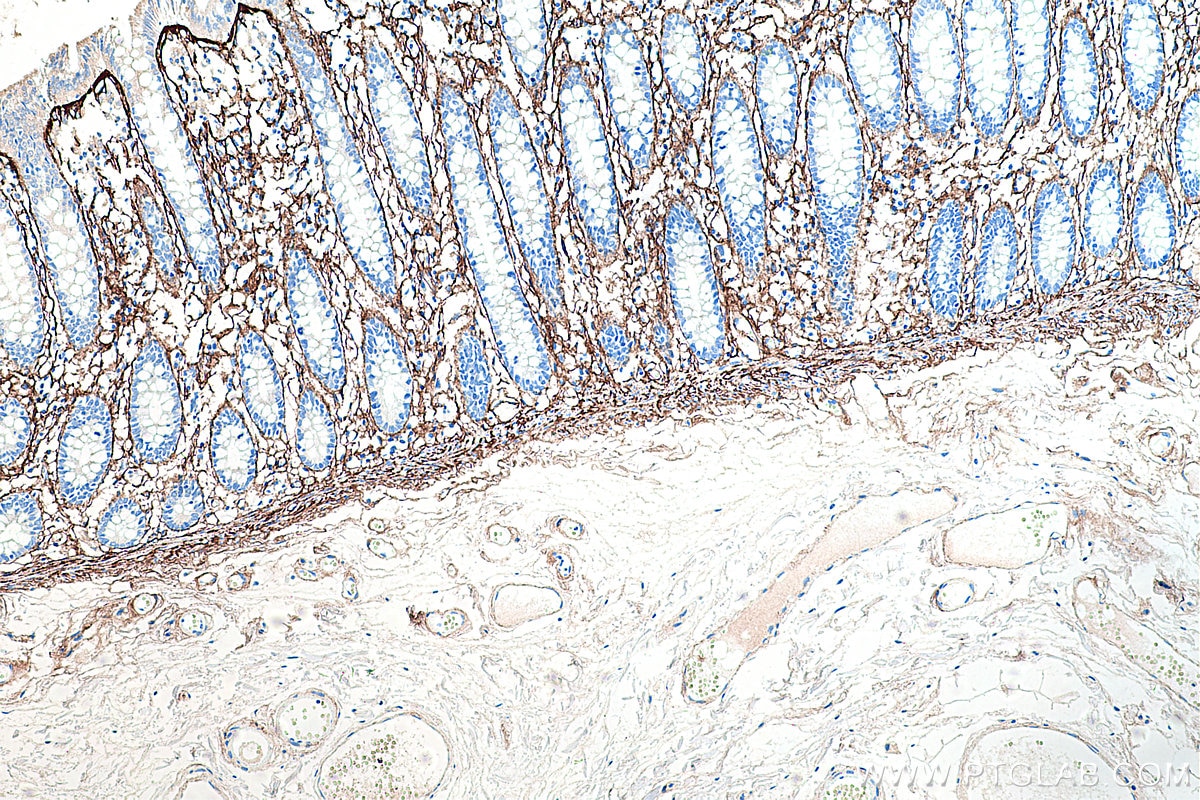IHCeasy® COL3A1 Ready-To-Use IHC Kit
COL3A1 Ready-to-use reagent kit for IHC.
Cat no : KHC0264
Synonyms
COL3,COL3A1,Collagen alpha 1(III) chain,Collagen a
Validation Data Gallery View All
Product Information
KHC0264 is a ready-to-use IHC kit for staining of COL3A1. The kit provides all reagents, from antigen retrieval to cover slip mounting, that require little to no diluting or handling prior to use. Simply apply the reagents to your sample slide according to the protocol and you're steps away from obtaining high-quality IHC data.
| Product name | IHCeasy COL3A1 Ready-To-Use IHC Kit |
| Sample type | FFPE tissue |
| Assay type | Immunohistochemistry |
| Primary antibody type | Rabbit Recombinant |
| Secondary antibody type | Polymer-HRP-Goat anti-Rabbit |
| Reactivity | Human |
Kit components
| Component | Size | Concentration |
|---|---|---|
| Antigen Retrieval Buffer | 100 mL | 50× |
| Washing Buffer | 100 mL ×2 | 20× |
| Blocking Buffer | 5 mL | RTU |
| Primary Antibody | 5 mL | RTU |
| Secondary Antibody | 5 mL | RTU |
| Chromogen Component A | 0.2 mL | RTU |
| Chromogen Component B | 4 mL | RTU |
| Signal Enhancer | 5 mL | RTU |
| Counter Staining Reagent | 5 mL | RTU |
| Mounting Media | 5 mL | RTU |
| Datasheet | 1 Copy | |
| Manual | 1 Copy |
Background Information
Type III collagen is a fibrillar forming collagen comprising three α1(III) chains and is expressed in early embryos and throughout embryogenesis. In the adult, type III collagen is a major component of the extracellular matrix in a variety of internal organs and skin. It occurs in most soft connective tissues along with type I collagen. COL3A1 gene encodes type III procollagen. Mutations in this gene are associated with Ehlers-Danlos syndrome types IV, and with aortic and arterial aneurysms. This antibody was raised against 24-152 aa of prepro α1 (III) chain of human type III procollagen. It can't recognize mouse or rat type III collagen.
Properties
| Storage Instructions | All the reagents are stored at 2-8°C. The kit is stable for 6 months from the date of receipt. |
| Synonyms | COL3,COL3A1,Collagen alpha 1(III) chain,Collagen a |
Publications
| Application | Title |
|---|---|
Int Urogynecol J Effect of Vaginal Microecological Alterations on Female Pelvic Organ Prolapse |

